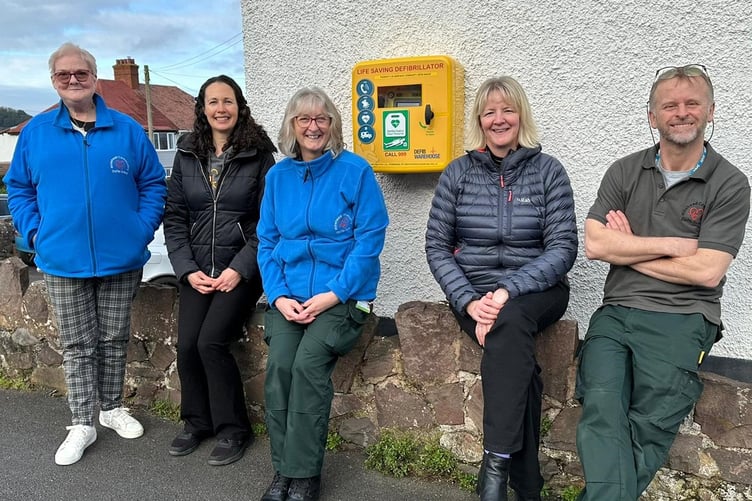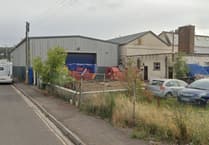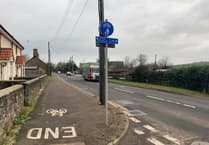A LIFE-saving milestone was reached in Minehead this week as the town saw the activation of its 20th public access defibrillator.
Residents in the Staunton Road and Chestnut Way neighbourhood collaborated with Tesco’s Minehead store to install a defibrillator on the corner of Callins View.
The initiative was championed locally by residents Jennie Norris and Kat Cross.
Minehead Community Defib Group (MCDG) chairman Richard Newton said: “We are thrilled to see our community rallying together to ensure the safety and well-being of all residents.
“With 20 public access defibrillators now operational in Minehead, we are profoundly grateful to Jennie for her keen insight and determination, to Kat for graciously hosting the installation on her property, and to Tesco Minehead for their invaluable support.”
Funding for the latest defibrillator installation came from Tesco’s Blue Token Scheme, where customers in different branches vote to support local good causes, and was supplemented by contributions from residents through a dedicated online JustGiving fund-raising page.
Mr Newton said the initiative began with a concern by Ms Norris sparked by a free public training workshop organised by the charity last summer.
Her inquiry about the need for a defibrillator in the Staunton Road/Chestnut Way area prompted a neighbourhood effort to make it a reality.
Working with MCDG she spearheaded a fund-raising campaign, rallying neighbours to donate to the cause.
Mr Newton said the milestone underscored the power of community collaboration and highlighted the proactive spirit of residents in safeguarding lives and fostering a ‘resilient, caring community’.
MCDG is a charity with a board of trustees who, along with a small group of volunteers, raise funds to place life-saving public access defibrillators in Minehead.
It also offers free training workshops on basic life support skills and how to use a public access defibrillator.
Defibrillators typically cost up to £3,000 and send an electric shock when somebody is suffering a potentially abnormal heart rhythm to allow it to return to normal.
In a 999 call, an access code is given to allow a defibrillator to be unlocked and the machine will ‘talk’ the user through how to work it.





Comments
This article has no comments yet. Be the first to leave a comment.